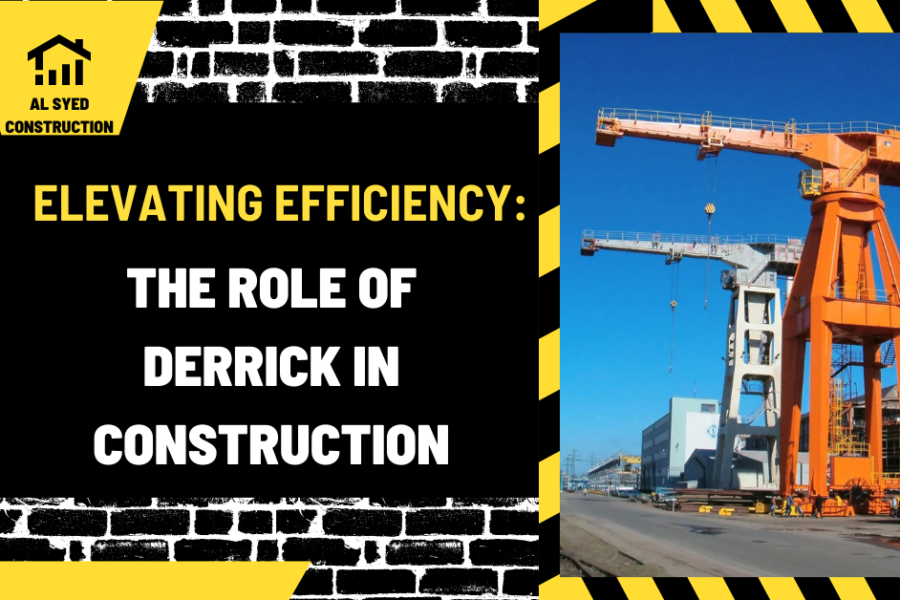Elevating Efficiency: The Role of Derrick in Construction
In the world of construction, the derrick is a towering figure, both literally and figuratively. This lifting device, reminiscent of a crane, plays a pivotal role in hoisting and positioning heavy materials. This article explores the concept of a derrick in construction, its types, applications, advantages, and the safety considerations essential for its operation.
Table of Contents
Understanding the Derrick in Construction
A derrick is a type of crane characterized by a tall mast or tower, equipped with a boom, pulleys, and ropes or cables, used to lift and move heavy loads. The name “derrick” is derived from the historical use of similar structures in hanging executions, but in modern construction, it signifies a tool of efficiency and strength. Derricks are often used in construction sites where space is limited, and the ability to lift vertically is crucial.
Types and Applications of Derricks
There are several types of derricks used in construction, including the guy derrick, stiffleg derrick, and gin pole derrick. Each type has its specific design and application. Guy derricks, for example, are stabilized by guy wires and are commonly used in erecting structures like bridges and towers. Stiffleg derricks have a rigid framework for support and are often used in building construction. Gin pole derricks are simpler in design and are used for lifting materials to moderate heights.
Advantages of Using Derrick in Construction Projects
The use of derricks in construction offers several advantages. Their ability to lift heavy loads vertically makes them ideal for projects with limited horizontal space. Derricks can be assembled and disassembled relatively quickly, allowing for flexibility in their use across different stages of construction. Additionally, their design enables them to reach heights that other lifting devices might not achieve, making them indispensable for tall structures.
Safety Considerations in Derrick Operation
Operating a derrick involves significant safety considerations to prevent accidents and ensure the well-being of construction workers. Proper training for operators, regular maintenance and inspection of the derrick, and adherence to safety protocols and regulations are essential. Safety measures include securing the load correctly, maintaining clear communication among crew members, and monitoring weather conditions that may affect the derrick’s stability.
Conclusion
The derrick is a crucial component of modern construction, providing the lifting power needed to raise materials to great heights and contributing to the efficiency and success of construction projects. Understanding the types, applications, and safety considerations of derricks is essential for construction professionals to maximize their benefits while ensuring a safe working environment. As construction technology continues to evolve, the role of derricks in shaping our built environment remains steadfast, symbolizing strength and precision in the industry.




